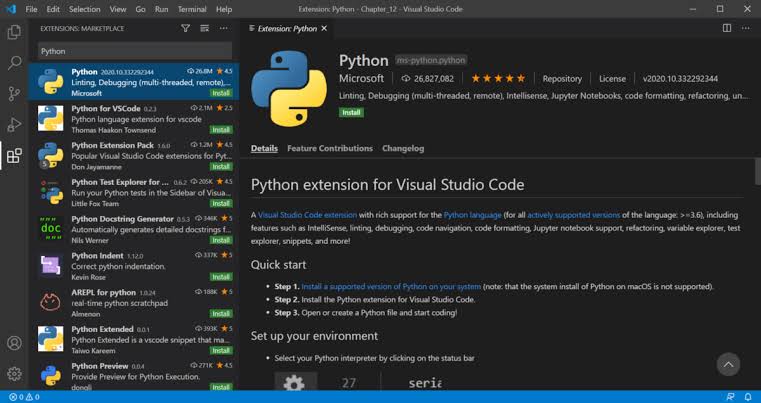
The IDE will let show you a list of target rules defined in the Makefile configured for the project: config build targetįinally, the third configuration available in the perspective is the Launch target. The second configuration is the default build target rule for the make utility, which is equivalent to running make directly. #include #include #include #include #include int flip_coins( int iters) The source code for the example is pretty simple - it flips a coin as many times as the iters argument is passed, and then prints the number of heads and tails counted from each flip. To illustrate this power, the sample project contains a single C++ source code file.

The rules defined in a Makefile combine concepts like: However, Makefile and make are far more useful than that. The usual purpose for Makefile in C++ projects is to recompile and link necessary files based on the modifications done to dependencies.

Make is one of the most used tools to build software projects, for good reason:

This is not a deep tutorial about make and Makefiles, but to get the most out of the extension you will need to have some concepts clear. In this tutorial, you’ll set up a simple C++ project that depends on a well-known Python library to produce some sample charts. This extension provides a set of commands to the editor that will facilitate working with projects that rely on a Makefile to speed up the build. Microsoft announced recently a new Visual Studio Code extension to handle Makefiles.


 0 kommentar(er)
0 kommentar(er)
